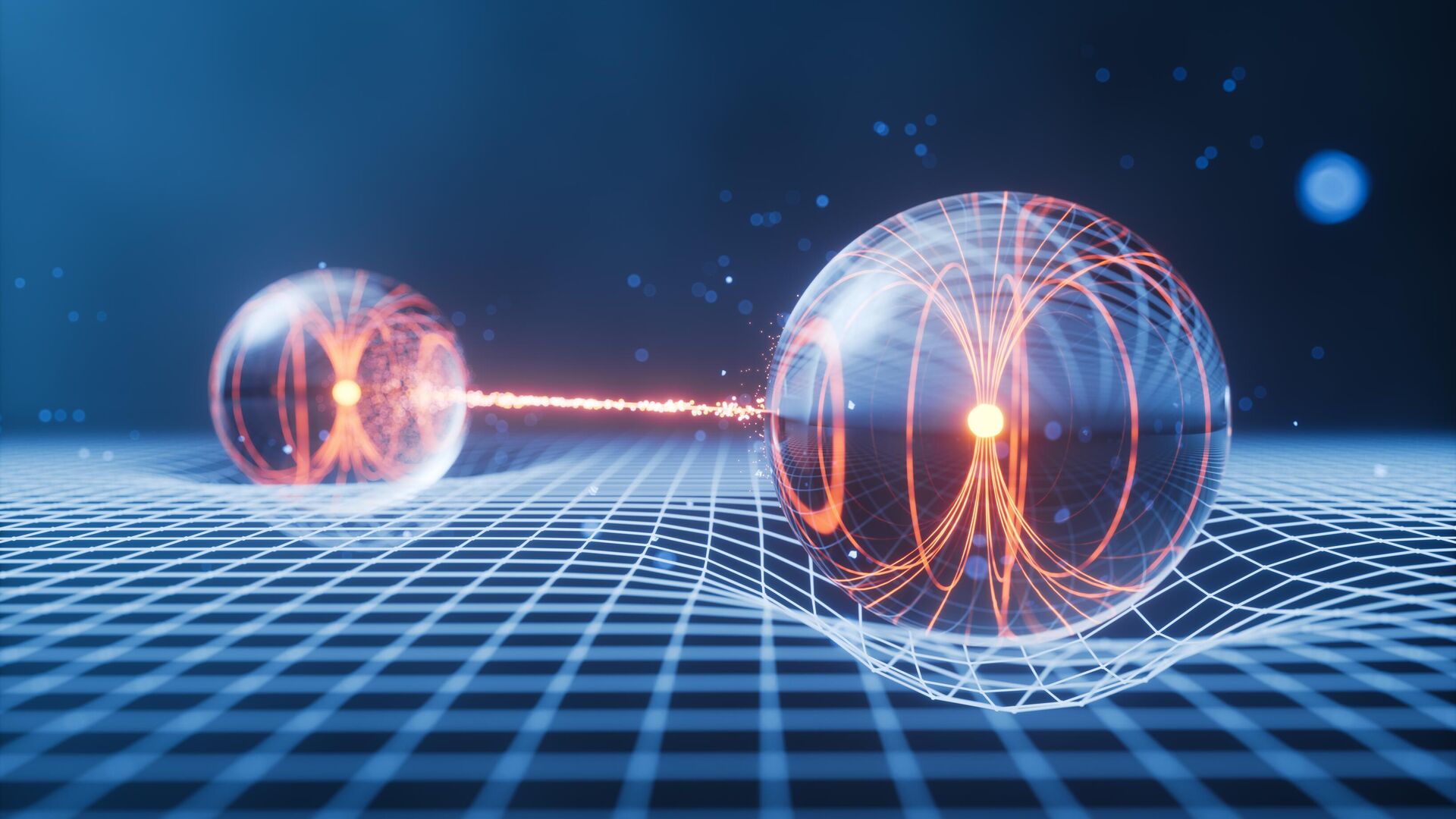
MOSCOW, May 24. Scientists from NUST MISIS, together with colleagues in an international scientific group, have discovered new properties in one of the main theories in the field of quantum technologies, which will speed up the creation of more advanced quantum processors, follows from an article published in the journal Physical Review Letters.
We are talking about about the well-studied Schwinger model, proposed by American physicist Julian Schwinger in 1951. Experts from an international scientific group have discovered for the first time that it has the properties of certain mathematical objects (fractals), the structure of which is repeated on smaller and smaller scales.
As one of the authors of the study, director of the Institute of Physics and Quantum Engineering of the University of Science and Technology MISIS, head of the scientific group «Quantum Information Technologies» of the Russian Quantum Center Alexey Fedorov, explained, the discovery gave the authors the opportunity to propose a new effective calculation method that allows the creation of new, more advanced quantum processors that can perform complex calculations.
“
"So far we have learned to apply our method in high-energy physics, but in the future it can be used to solve problems related to logistics, machine learning, cryptography and modeling quantum materials with unique properties, for example, superconductivity at room temperature,” he said.
According to Fedorov, quantum computers, unlike classical ones, use the principles of quantum mechanics to perform calculations and can solve much more complex problems.
The research was supported by grants from the NUST MISIS strategic project “Quantum Internet” under the Ministry of Education and Science program «Priority 2030» of the national project «Science and Universities», the Russian Science Foundation and the German Research Foundation under the German academic leadership program Excellence Strategy.
Scientists from NUST MISIS, the Russian Quantum Center, and the Austrian Institute took part in the work of the scientific team Science and Technology, Quantum Research Center of the Institute of Technology and Innovation from the UAE, the Max Planck Institute for Quantum Optics and the Munich Center for Quantum Science and Technology







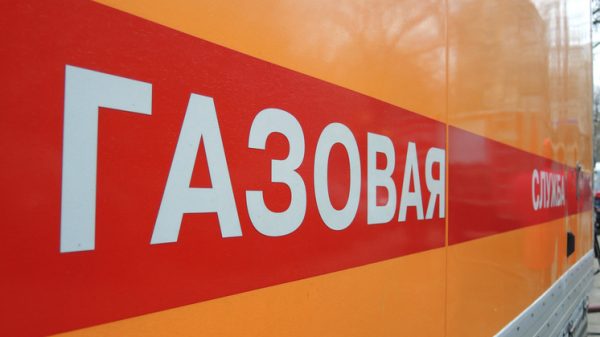










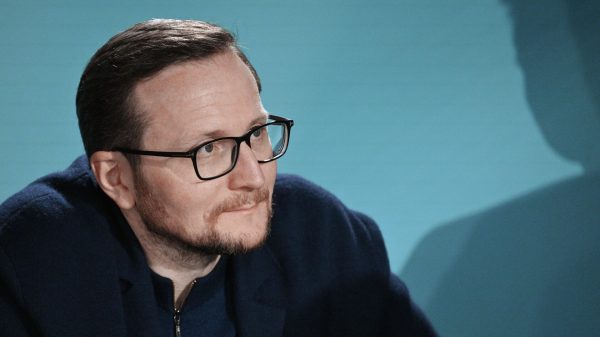
















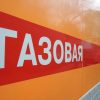


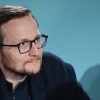













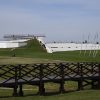



Свежие комментарии